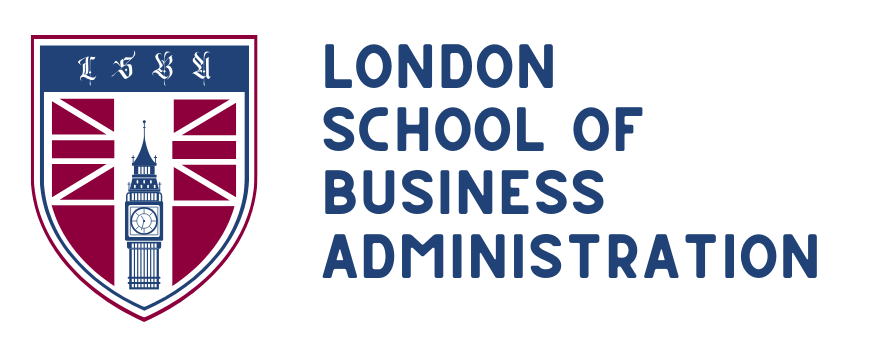Budgeting and Forecasting
The Budgeting and Forecasting course provides a comprehensive understanding of how to plan, manage, and evaluate financial performance through structured budgeting and accurate forecasting. Designed for finance professionals, managers, entrepreneurs, and students, this self-paced course (recommended duration: a minimum of 10 hours) explores both the theoretical and practical dimensions of financial planning, from budget creation to variance analysis and continuous improvement.
Through structured lessons, learners will gain a detailed appreciation of the budgeting process, key forecasting techniques, and their strategic importance in organisational decision-making. Real-world applications, case studies, and analytical frameworks will help learners develop the confidence to apply these tools effectively in various business contexts.
Course Objectives
By the end of this course, learners will be able to:
- Understand the principles and objectives of budgeting and forecasting within financial management.
- Develop operating, capital, and cash budgets aligned with organisational goals.
- Apply forecasting techniques such as time series analysis and regression models for future planning.
- Analyse financial statements to inform budgeting decisions.
- Conduct variance analysis to identify, interpret, and manage deviations from financial plans.
- Implement budgeting strategies for profitability, working capital, and ROI optimisation.
- Integrate budgeting into strategic decision-making and risk management processes.
- Continuously evaluate and improve budgeting and forecasting systems for organisational sustainability.
Course Structure and Lessons
This course is divided into 20 focused lessons, each addressing a key aspect of budgeting and forecasting:
- Introduction to Budgeting and Forecasting – Overview of core principles and the importance of planning in financial management.
- Importance of Budgeting and Forecasting in Financial Management – Examines the strategic role of budgeting in decision-making and resource allocation.
- Understanding Financial Statements for Budgeting and Forecasting – Interpreting balance sheets, income statements, and cash flow statements to guide planning.
- Key Concepts and Terminologies in Budgeting and Forecasting – Defines essential financial terms and their applications in the budgeting process.
- Types of Budgets: Operating, Capital, and Cash Budgets – Differentiates between short-term operational budgets and long-term capital planning.
- Creating and Implementing a Budgeting Process – Step-by-step framework for designing and executing effective budget systems.
- Forecasting Techniques: Time Series Analysis and Regression Analysis – Introduces quantitative forecasting models and statistical tools for prediction.
- Budgeting for Revenue and Sales Forecasting – Methods to forecast sales trends and align revenue goals with market expectations.
- Cost Estimation and Budgeting for Expenses – Analysing fixed and variable costs to manage operational efficiency.
- Budgeting for Profitability and Return on Investment (ROI) – Using budgets to monitor profitability, performance ratios, and return analysis.
- Budgeting for Working Capital and Cash Flow Management – Managing liquidity and ensuring sufficient working capital through effective planning.
- Variance Analysis: Identifying and Managing Budget Deviations – Measuring actual vs. planned performance to improve decision-making.
- Budgeting for Capital Expenditures and Capital Budgeting Techniques – Evaluating investment projects using tools like NPV and IRR.
- Budgeting for Risk and Uncertainty: Sensitivity Analysis and Scenario Planning – Incorporating risk management techniques into financial planning.
- Budgeting for Debt and Equity Financing – Planning for funding through loans, bonds, or equity while maintaining financial balance.
- Budgeting for Human Resources and Employee Costs – Allocating budgets for recruitment, training, and compensation strategies.
- Budgeting for Marketing and Advertising Expenses – Managing promotional budgets and measuring campaign ROI.
- Budgeting for Research and Development (R&D) Costs – Planning for innovation and technology-driven initiatives.
- Budgeting for IT and Technology Investments – Aligning digital transformation goals with financial strategies.
- Evaluating and Improving Budgeting and Forecasting Processes – Establishing metrics to monitor effectiveness and drive continuous improvement.
Assessment Method
- Online assessment: Multiple-choice questions (MCQs) at the end of the course.
- Unlimited attempts: Learners may retake assessments until achieving mastery.
- Practical scenarios: Applied case examples to reinforce theoretical understanding.
Recommended Commitment
- Mode: Self-paced online learning
- Recommended duration: Minimum of 10 hours
- Flexibility: Learners may study at their own pace and revisit materials anytime.
Who Should Enrol
This course is ideal for:
- Finance professionals and accountants.
- Business owners and entrepreneurs.
- Project managers and department heads responsible for financial planning.
- Analysts seeking to strengthen forecasting and budgeting expertise.
- Students pursuing careers in financial management, accounting, or business leadership.


